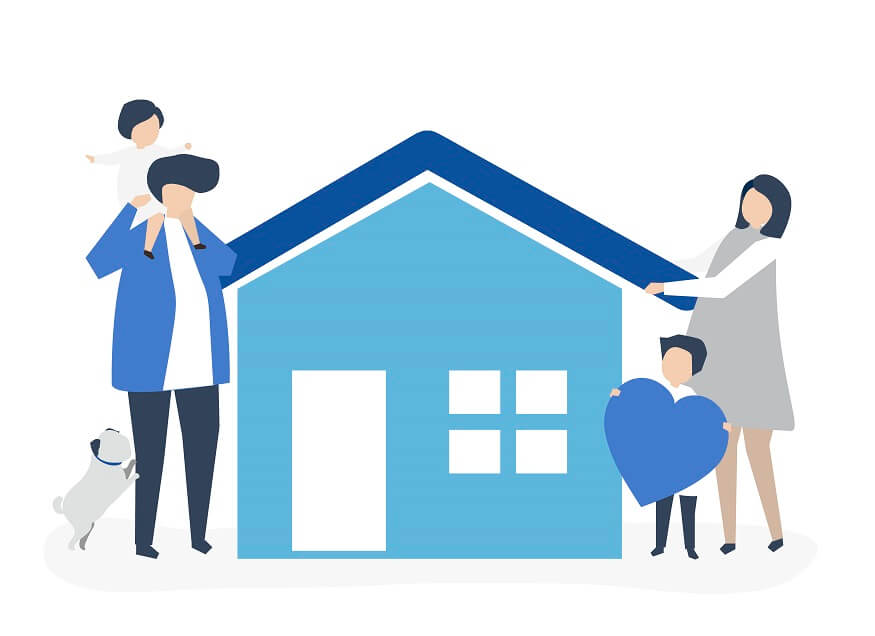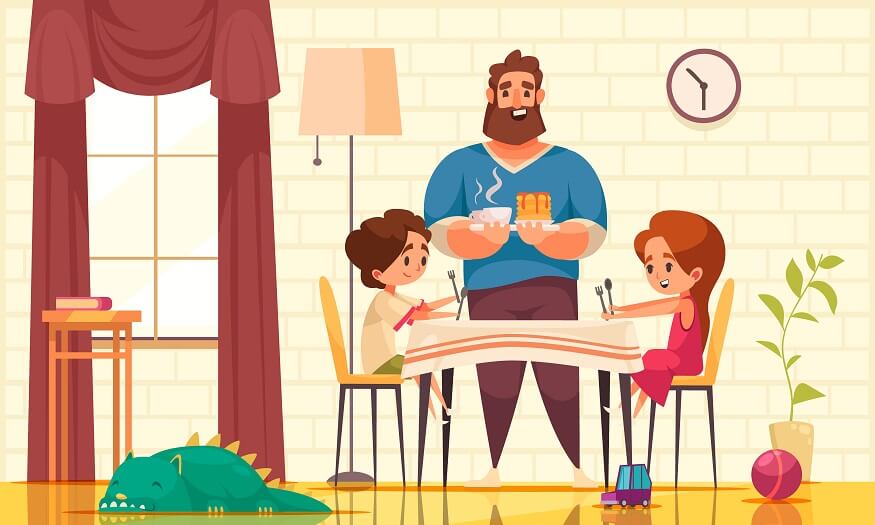Baby-proofing is also known as childproofing. It is the process of making the environment safe for children, particularly babies and toddlers. This involves removing potential hazards or modifying them so they no longer pose a risk. Baby-proofing is essential because young children, especially those learning to crawl or walk, are naturally curious and often unaware of dangers around them.
Also Read: How to Encourage Your Child to Write and Draw
Why should you baby proof your house
Here are several reasons why it’s necessary to baby-proof your house:
Prevention of Injuries: Young children explore their environment mainly through touch and taste. They may unknowingly come into contact with harmful substances or objects, leading to injuries or ingestion of harmful items.
Prevention of Falls: Babies can easily fall down stairs, from high furniture, or out of windows. Baby-proofing can help reduce such risks by installing guards, gates, or safety nets.
Avoid Choking Hazards: Small objects, including toys and common household items, pose a choking risk for babies. Baby-proofing includes removing or safely storing such objects.
Protection from Electrical Shocks: Young children may attempt to stick their fingers or objects into electrical outlets, risking electrical shocks. Outlet covers are an important part of baby-proofing.
Prevent Accidental Poisoning: Cleaning supplies, medications, and certain plants can be poisonous if ingested. It’s important to keep such items out of reach.
Prevent Drowning: It only takes a small amount of water for a baby to drown. Baby-proofing includes securing areas with water, such as bathrooms, and never leaving water in a bucket or bathtub unattended.
The baby-proofing process typically involves evaluating every room in your house from a child’s perspective. Common measures include installing safety gates, securing furniture to the wall, locking cupboards and drawers, covering sharp corners, installing window and door locks, and placing covers on electrical outlets. Remember that while baby-proofing can greatly enhance the safety of your home for a young child, it is not a substitute for adult supervision.
Also Read: Tips for how to encourage shy kids to participate in extracurricular activities
How to baby-proof your house
Here are some ways in how you can baby proof your house:
Secure Furniture: Anchor heavy furniture, such as bookcases, televisions, and dressers, to the wall using appropriate mounting devices. This helps to prevent them from tipping over if your baby attempts to climb or pull themselves up on the furniture.
Gate the Stairs: Install safety gates at both the top and bottom of stairs. These gates act as barriers preventing babies from climbing or descending the stairs, reducing the risk of falls.
Cover Electrical Outlets: Electrical outlets can be fascinating to babies. Prevent accidents by using safety plugs or outlet covers on all unused electrical outlets. These devices are designed to be difficult for little hands to remove.
Corner and Edge Bumpers: Apply soft bumpers to the corners and edges of furniture, such as coffee tables and desks, to reduce the risk of injury if your baby stumbles or falls against these hard surfaces.
Lock Cabinets: Install safety locks on cabinets and drawers, especially those that contain potentially dangerous items like cleaning supplies, medications, or sharp kitchen utensils. This helps prevent accidental poisonings or injuries.
Secure Windows: Install window guards or stops to prevent windows from opening more than 4 inches. This can help prevent your baby from falling out of an open window.
Toilet Locks: Install toilet locks to prevent drowning. These locks also keep your baby from throwing toys or other objects into the toilet.
Anti-scalding Devices: Adjust your water heater to a maximum of 120 degrees Fahrenheit to prevent hot water burns. You might also consider installing anti-scald devices on faucets and showerheads to control the water temperature.
Remove Small Objects: Keep small objects that could pose a choking hazard, such as coins, buttons, or small toy parts, out of your baby’s reach.
Non-Slip Mats: Place non-slip mats in the bathtub and on any slick surfaces to prevent slipping during bath time.
Fireplace Protection: If you have a fireplace, install a fireplace screen or gate to prevent your baby from touching hot surfaces or inhaling potentially harmful ash or smoke.
Secure Doors: Install door knob covers or high latch locks so that children can’t open doors, potentially exiting the house unsupervised or accessing dangerous areas like a cleaning closet.
Blind Cord Safety: Keep cords for window blinds or curtains out of reach to avoid potential strangulation hazards. Consider replacing traditional blinds with cordless options.
Cover Sharp Edges: Cover sharp edges on countertops, tables, and other furniture with cushioned protectors to prevent injuries from accidental falls or bumps.
Secure Appliances: Attach safety straps to heavy appliances like ovens and refrigerators to prevent them from tipping over if your child attempts to climb on them.
Avoid Access to Pools: If you have a pool, install a fence with a self-latching gate around it. This creates a barrier that can help prevent unsupervised access to the pool area, reducing the risk of drowning.
Check Smoke and Carbon Monoxide Detectors: Regularly test all smoke and carbon monoxide detectors to ensure they’re functioning correctly. Replace batteries at least once a year or according to the manufacturer’s instructions.
Remove Poisonous Plants: Some household plants can be toxic if ingested. Identify and remove any potentially harmful plants, or place them well out of your baby’s reach.
Use a TV Strap: Secure your TV with safety straps or mount it to the wall to prevent it from tipping over if your baby touches or pulls on it.
Lock Away Hazardous Materials: Keep chemicals, medicines, cosmetics, or any hazardous materials in a high or locked cabinet, far out of the reach of children. Remember to check regularly for items that could be hazardous and need to be secured.
Also Read: Smart ways to introduce science to your toddler
EuroSchool‘s programs and services are designed to help babies transition from home to school smoothly and successfully. By providing a nurturing and supportive environment, EuroSchool helps babies reach their full potential.










